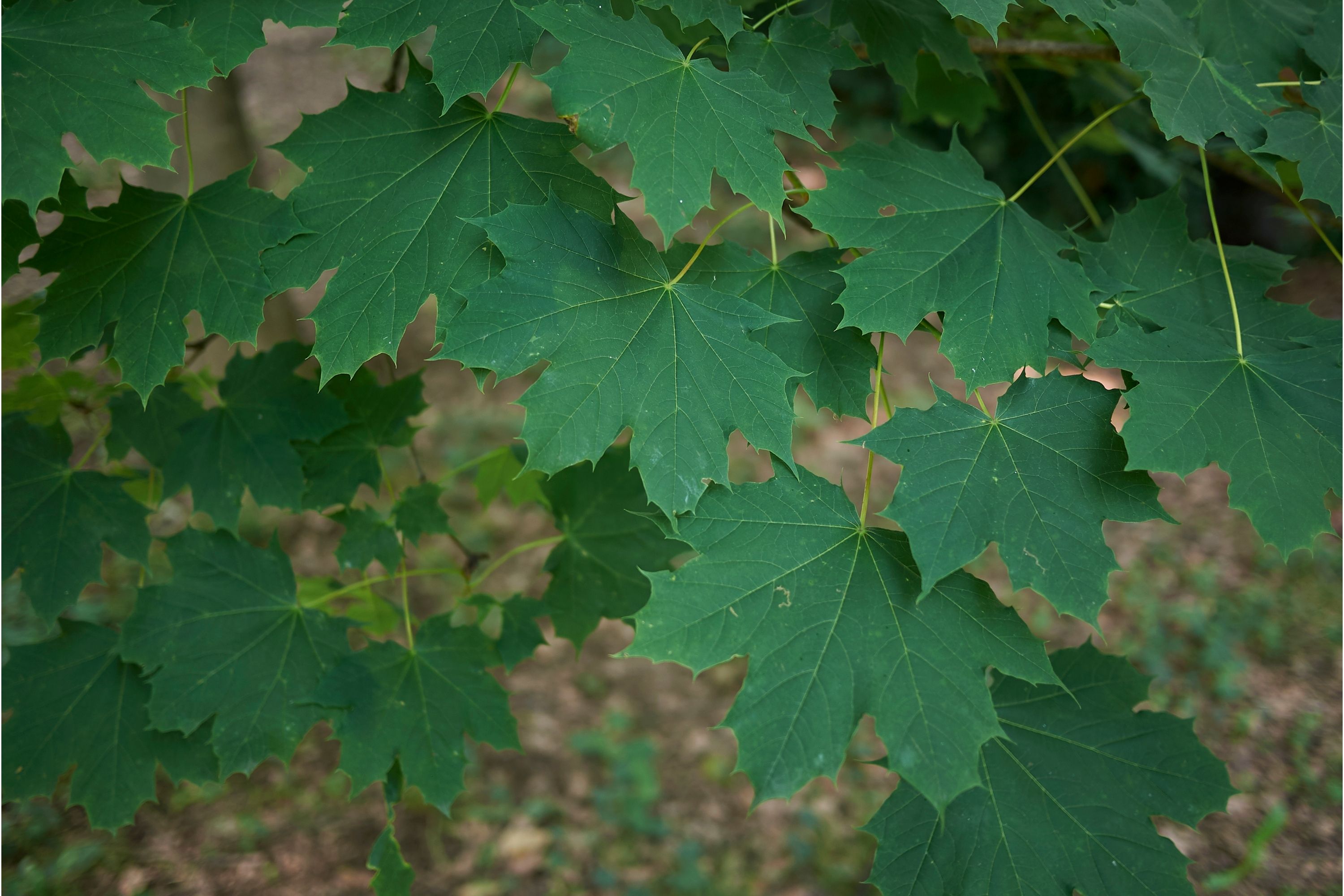Norway Maple
(Acer platanoides)

Description
Acer platanoides, commonly known as the Norway maple, is a deciduous tree native to Europe and western Asia. It is a popular ornamental tree in North America and is commonly found in urban landscapes, parks, and gardens. The Norway maple is known for its attractive foliage, which turns vibrant shades of yellow, orange, and red in the fall. In this article, we will explore the history, morphology, cultivation, and benefits of Acer platanoides. History and Origin: The Norway maple was introduced to North America in the mid-1700s as an ornamental tree. It quickly became popular due to its attractive foliage, tolerance to pollution, and hardiness in a wide range of growing conditions. However, the Norway maple has also become an invasive species in some regions of North America, outcompeting native vegetation and altering ecosystems. Today, the Norway maple is considered a pest plant in some areas, and its planting is discouraged. Morphology: The Norway maple is a medium-sized tree, typically growing to a height of 40-50 feet and a spread of 30-40 feet. It has a dense, rounded crown and a straight trunk. The bark is gray-brown and develops shallow furrows and ridges with age. The leaves of Acer platanoides are large, typically measuring 4-7 inches in width and 5-7 inches in length. They are palmately lobed with five lobes, similar in shape to the leaves of the sycamore tree, which is where the species name "platanoides" comes from. The leaves are bright green in the spring and summer, turning yellow, orange, and red in the fall. The flowers of the Norway maple are small, yellow-green, and appear in clusters in the early spring before the leaves emerge. The tree is dioecious, meaning that male and female flowers are borne on separate trees. The fruit of the Norway maple is a double samara, similar in appearance to the fruit of other maples. The samaras are about 1-2 inches long and are borne in pairs, each with a wing that helps it to disperse in the wind. Cultivation and Propagation: The Norway maple is a hardy tree that grows well in a wide range of soils and growing conditions. It prefers full sun to partial shade and moist, well-drained soil. It is tolerant of pollution and can withstand urban environments. The Norway maple is typically propagated by seed, although cultivars are often propagated by grafting or budding. Seeds should be collected in the fall, after they have matured but before they have started to dry out. They should be planted immediately, either directly in the ground or in pots, and kept moist until they germinate. Pruning and Maintenance: The Norway maple requires little pruning, although dead or diseased branches should be removed promptly. It should be pruned in the late fall or winter to avoid bleeding sap from cuts. The tree may also require periodic crown thinning to maintain a balanced shape. Benefits: The Norway maple has several benefits as an ornamental tree. Its attractive foliage, hardiness, and tolerance to pollution make it a popular choice for urban landscapes and gardens. The tree also provides shade and shelter for birds and other wildlife. Conclusion: Acer platanoides, the Norway maple, is a popular ornamental tree known for its attractive foliage and hardiness in a wide range of growing conditions. However, it has also become an invasive species in some regions of North America, and its planting is discouraged in those areas. With proper cultivation and maintenance, the Norway maple can provide many benefits as an ornamental tree in the right growing conditions.
Taxonomic tree:







